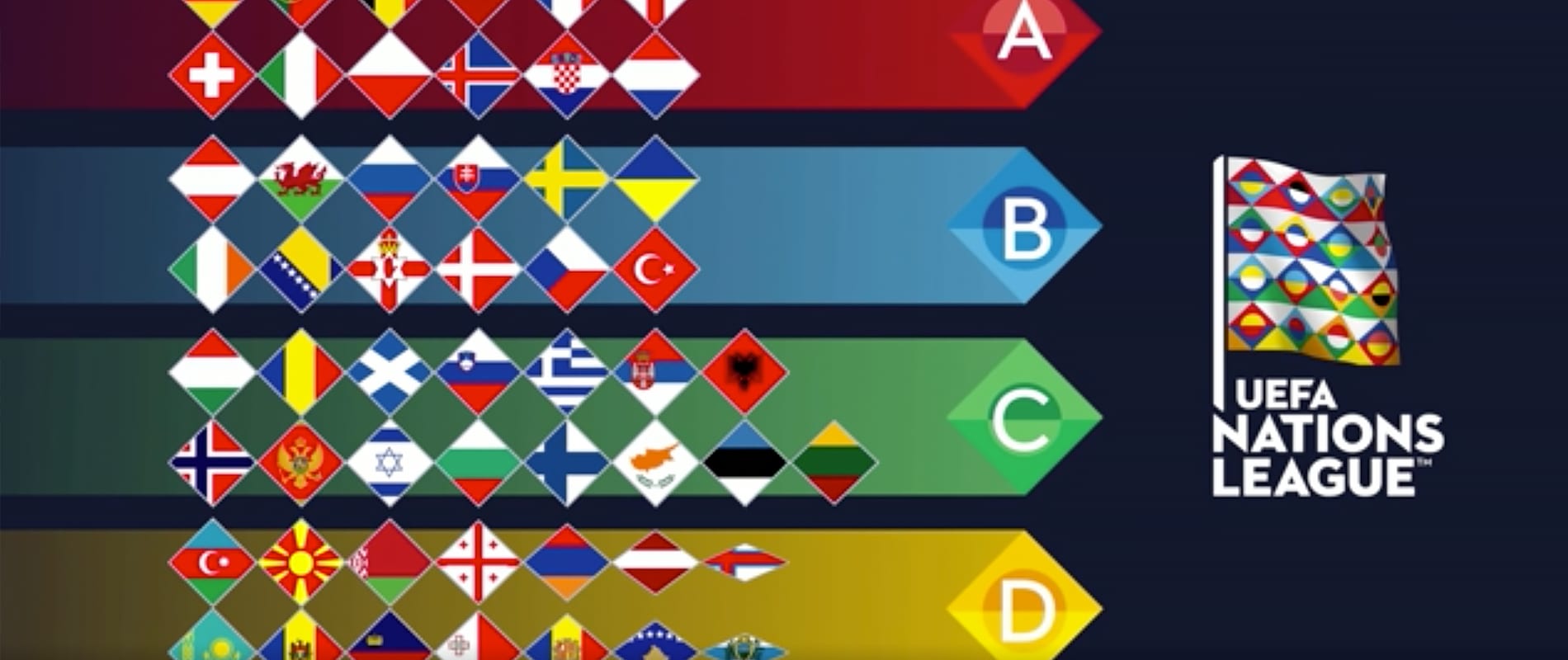Warning: this is a blog about animation, not football.
Just thought we’d better get that out of the way first.
The new UEFA Nations League generated an impressive mix of confusion, apathy and shrugs all round when it was first announced, so the UEFA comms team have no doubt had their work cut out trying to explain the new competition format.
The answer – animation.
Good choice. When you’re faced with communicating a complicated issue or one that doesn’t have any simple ‘real’ visuals that can explain it or bring it to life, animation comes into its own.
In this case UEFA also managed to follow up a good idea with excellent execution. Its suite of short animations explains the two key elements of the new Nations League format.
Clever, simple and effective, they follow the golden rule of still working when played with no sound and put the viewer in charge of the pace they learn at. As a consumer, you or I can go back and re-watch any particular element that we might need more than one viewing to register properly.
The UEFA animations have been widely shared with and used by the media, increasing reach and lending third-party credibility and increasing understanding of and, I hope, support for, the new-look tournament.
You need some clever animators, an eye for detail, a damn good knowledge of flags, and a comprehensive proofing system for a job like this to deliver it. But first of all, you need the idea – well done UEFA – it’s not often they get credit for very much to be fair.
At DTW, we find we’re increasingly using animation to showcase complex concepts or bring to life ideas that just don’t work with video footage.
You don’t need to worry which employee you want to give a starring role to in case they decide to leave, or if the project you want to showcase is still a construction site, because you’re creating your own universe and you have control over the characters, the plot and the setting.
If you want to see a bit more you can see some examples of our most recent work.
Thanks for reading
Chris.
